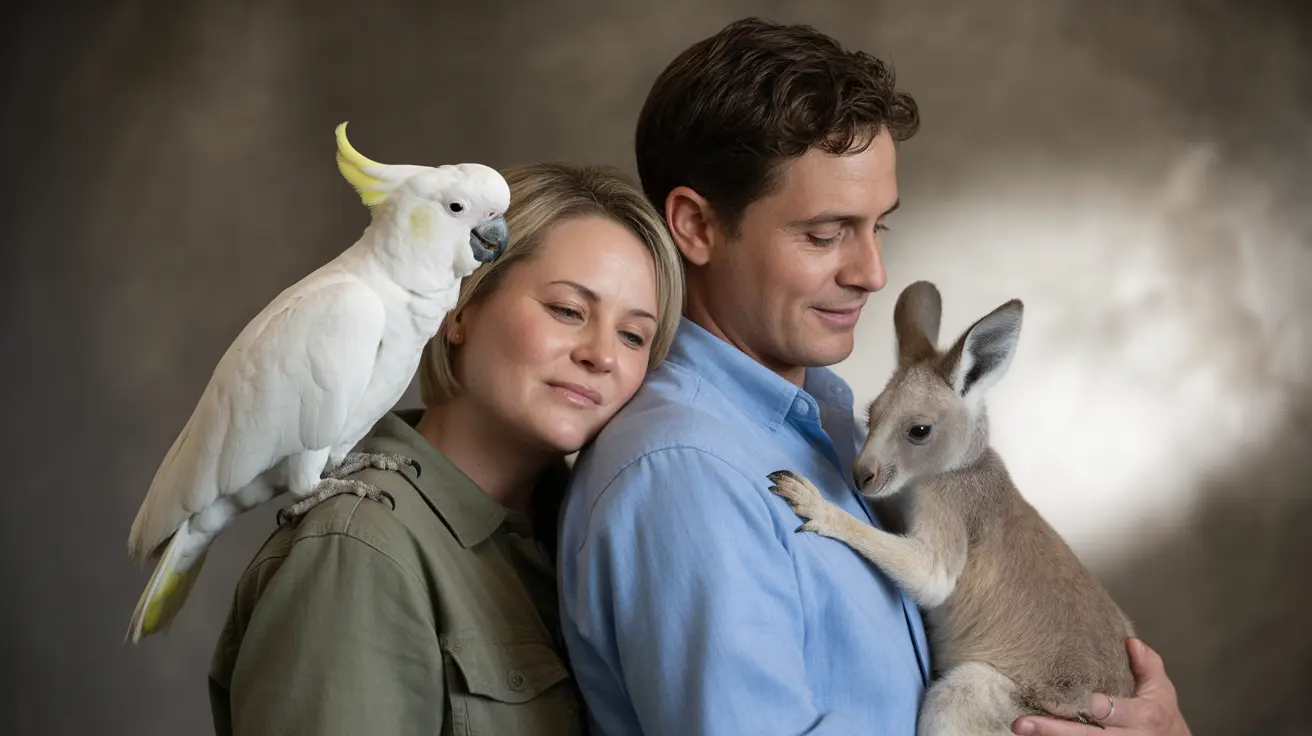A memorable wildlife educational program unfolded in an Omaha television studio as local reporter Waverle Monroe experienced up-close encounters with unique animal ambassadors, including a joey (baby kangaroo) and an avian friend. This special presentation highlighted the importance of wildlife education and interactive animal programs in Nebraska's community outreach efforts.
The studio visit showcased how wildlife educational programs in Omaha can create meaningful connections between people and animals while promoting conservation awareness and environmental education. These intimate encounters demonstrate the value of hands-on learning experiences with wildlife ambassadors.
Live Animal Outreach in Nebraska
Educational animal outreach programs serve as powerful tools for connecting communities with wildlife conservation messages. These presentations offer participants the unique opportunity to learn about various species through direct observation and guided interaction with trained animal handlers.
Interactive Animal Programs for Community Education
- Provide hands-on learning experiences
- Create lasting impressions about wildlife conservation
- Foster respect for different species
- Deliver educational content in an engaging format
Safe Wildlife Presentations
Safety remains a top priority during all wildlife educational programs. Professional handlers ensure both animals and participants maintain appropriate distances and follow established protocols. These structured encounters allow for meaningful interaction while protecting the wellbeing of both the animals and audience members.
Animal Enrichment and Natural Behaviors
During educational presentations, handlers often demonstrate how animals receive enrichment activities that promote natural behaviors. These demonstrations help audiences understand the importance of proper animal care and welfare in both captive and wild settings.
Wildlife Conservation Education
These educational programs serve a crucial role in raising awareness about:
- Species conservation efforts
- Natural habitat preservation
- Human-wildlife relationships
- Environmental stewardship
Benefits of Animal-Assisted Activities
Beyond educational value, controlled animal encounters can provide therapeutic benefits. When properly structured, these interactions may help reduce stress, increase engagement, and create positive emotional experiences for participants of all ages.
Frequently Asked Questions
What types of animals might I encounter during wildlife educational programs in Omaha?
Programs may feature various animal ambassadors, including small mammals like joeys (baby kangaroos), birds, and other suitable species that have been specially trained for educational outreach. The exact animals present will vary by program and organization.
Are wildlife educational presentations safe for families?
Yes, professional wildlife education programs implement strict safety protocols and guidelines. Trained handlers maintain control of the animals at all times, establish appropriate boundaries, and ensure all interactions follow established safety procedures.
How do these programs support wildlife conservation?
Wildlife educational programs help create personal connections between people and animals, fostering greater understanding and support for conservation efforts. These experiences often inspire participants to become more involved in wildlife protection and environmental stewardship.
Conclusion
Wildlife educational programs in Omaha continue to play a vital role in connecting communities with the natural world. Through carefully managed live animal encounters, these presentations create memorable learning experiences while promoting wildlife conservation and environmental education. As demonstrated by this studio visit, such programs offer unique opportunities for the public to gain deeper appreciation for wildlife while ensuring both animal and human safety remain paramount.






